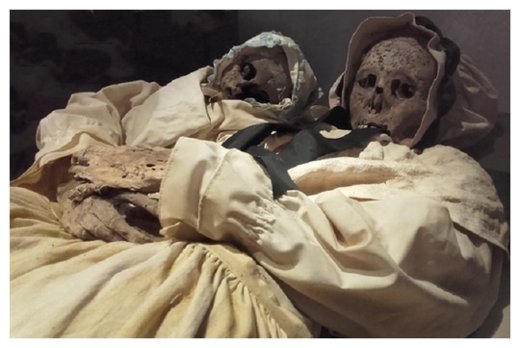
© Rossella LorenziThe mummified remains are part of an exhibition in Hildesheim.
By analyzing 18th century mummified remains, Hungarian researchers have
found the first direct evidence of a C-section performed on a deceased mother.The procedure was widely performed in the 18th century on dead mothers in order to attempt baptize the baby while still alive."Caesarean section was made exclusively on women who had died in childbirth," Ildikó Szikossy, an anthropologist and senior curator at the Department of Anthropology at the Hungarian Natural History Museum in Budapest, told Discovery News.
"Indeed, alive patients could have not survived the operation at that time."
"In most cases the baby too died shortly after receiving the sacrament," she added.
Szikossy and colleagues found traces of a sharp-edged 5.7 inch long cut, running from the umbilical ring to the pubic symphysis, in one of the 265 natural mummified bodies kept at the Natural History Museum in Budapest.
The mummies were uncovered in 1994-1995 from a long forgotten crypt in the Dominican church of Vác, a town 22 miles north of the capital on the eastern bank of the Danube river.
"The coffins were beautiful decorated and contain the name, age and age of death of each individual," Szikossy said.
She presented her findings at the International Conference of Comparative Mummy Studies in Hildesheim, Germany. Szikossy and colleagues explained that the mummified remains of a young woman buried with her baby are so far the only evidence for a procedure widely performed in the 18th century.

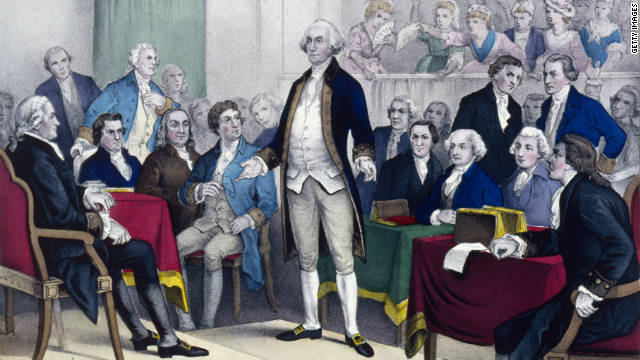
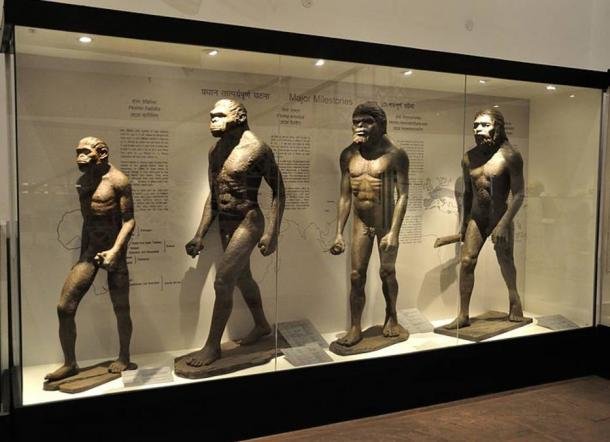
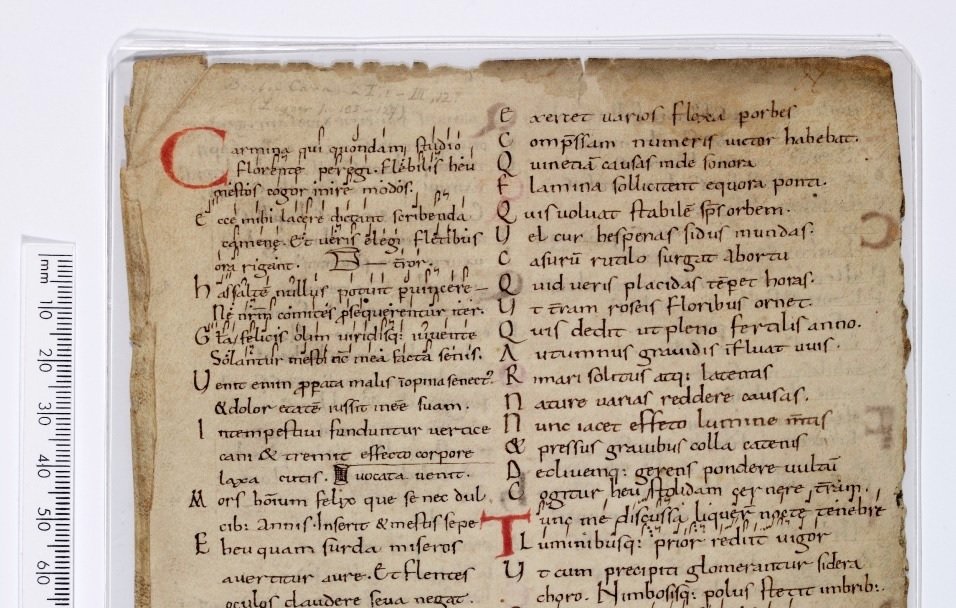




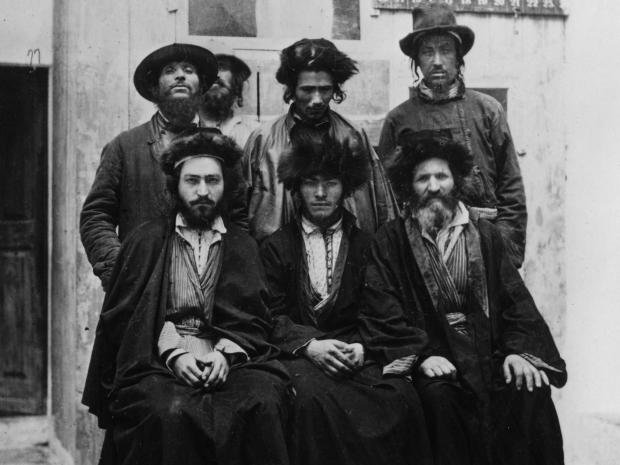
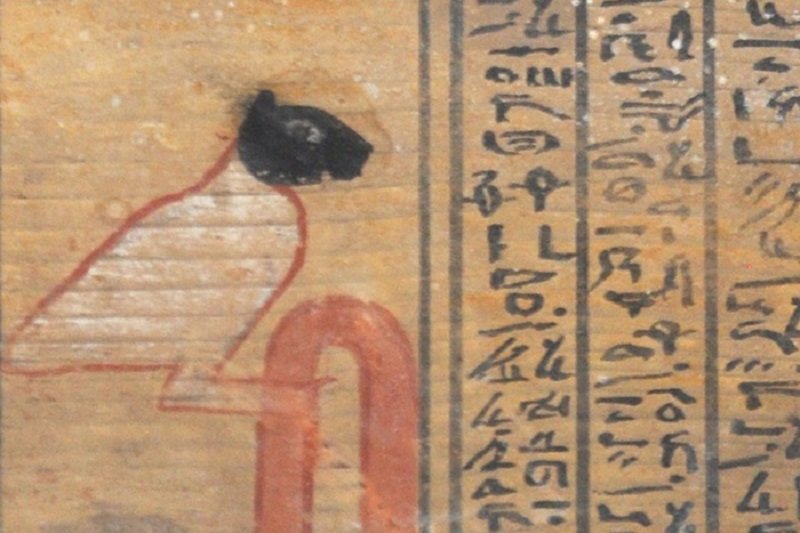



Comment: Remember this the next time your hear Netanyahu, or any other radical Zionist, say that the Jewish people are justified in stealing and occupying Palestinian land because their 'people' ruled it for thousands of years. It's plainly and simply nonsense. And even if the logic were justified (it isn't), the vast majority of Jews should go to Turkey, not "Israel".